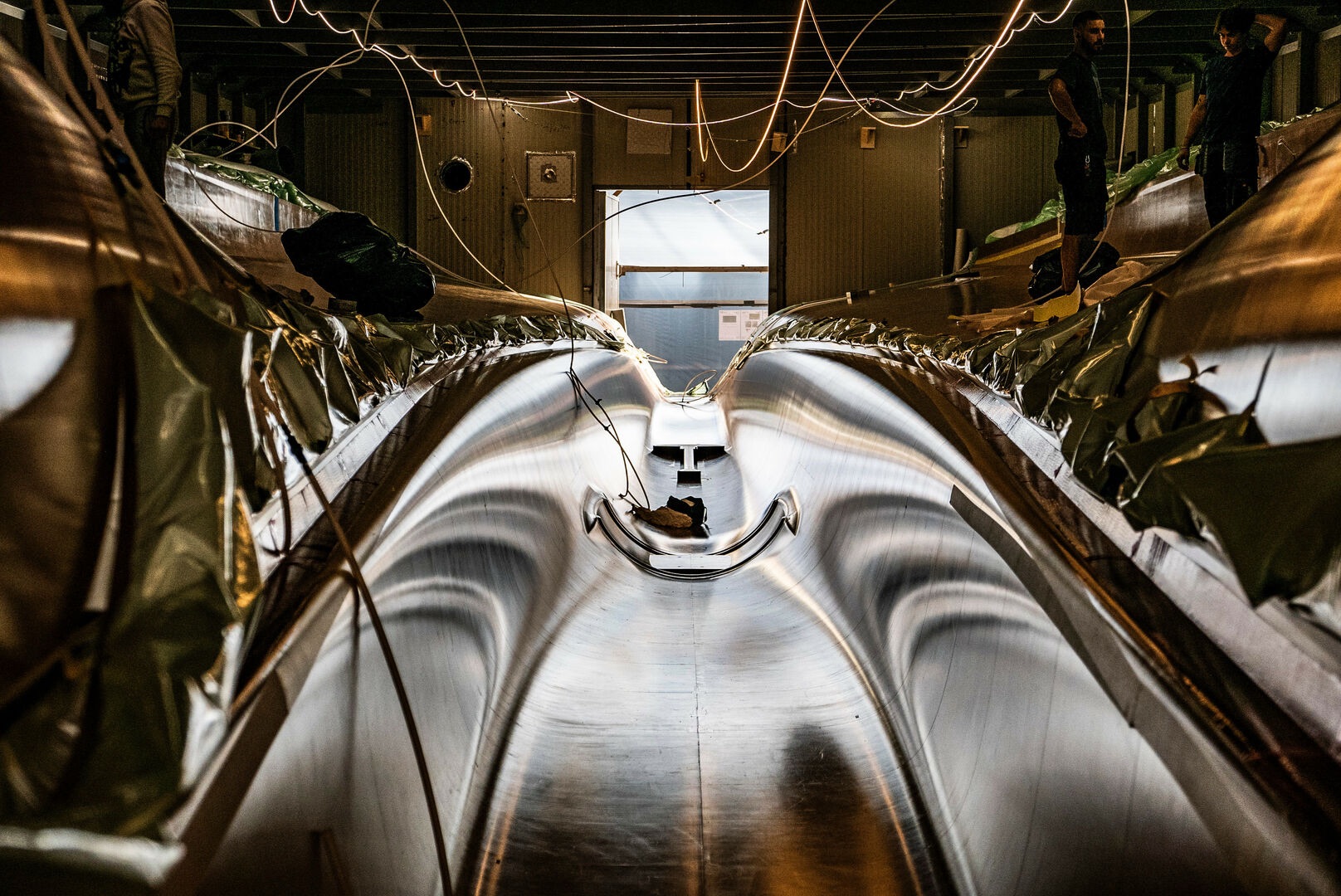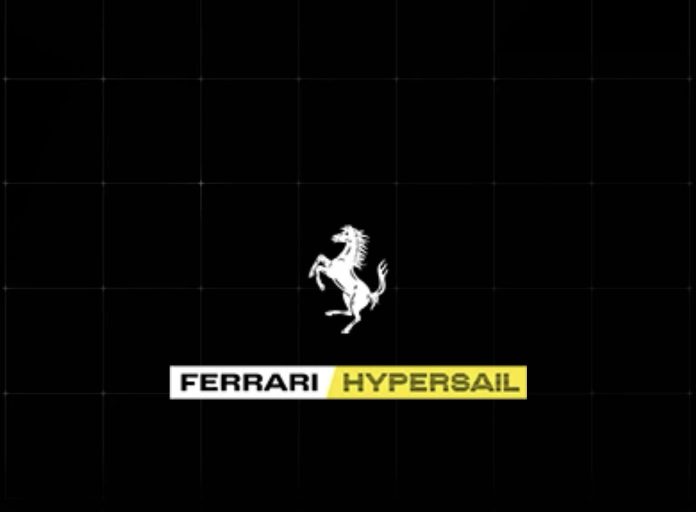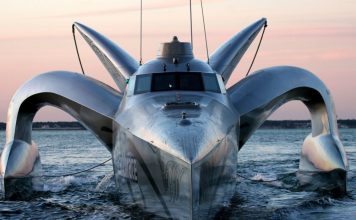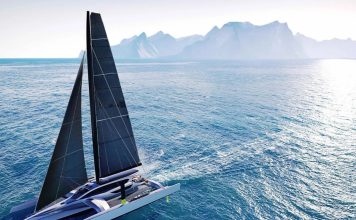Currently under construction in Italy and set for launch in 2026, this 100-foot (30.5-metre) full-foiling monohull yacht will be the first of its size to be entirely energy self-sufficient. Designed to operate without a combustion engine, the yacht will generate all the power it needs—including for foils, keel, rudder, onboard systems and flight control—using a combination of solar, wind, and kinetic energy harvested while under sail.
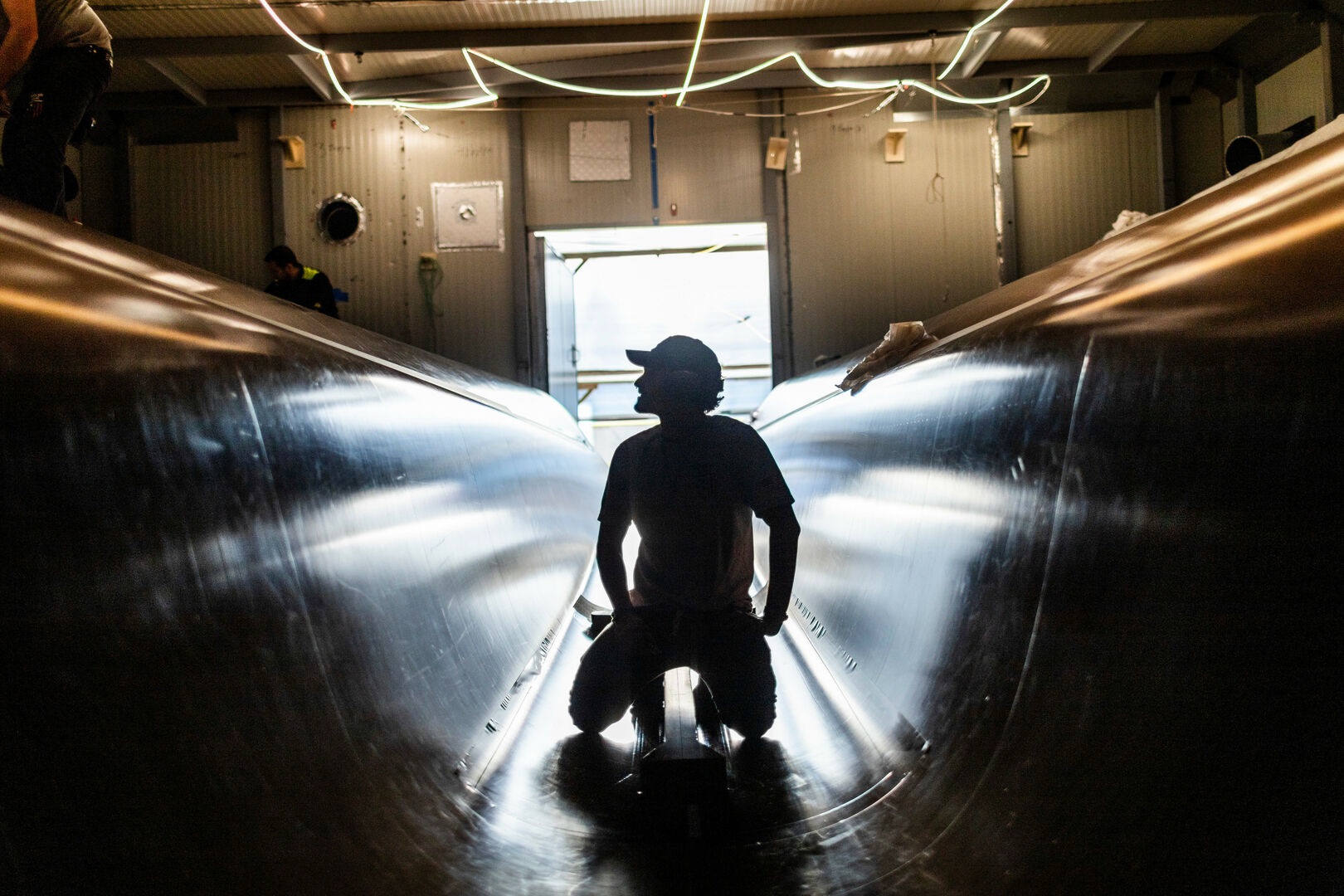
A new chapter in Ferrari’s racing legacy
Hypersail is not simply a branding exercise or corporate stunt. Ferrari is treating it as a full-scale research and development platform, intended to accelerate innovation both on water and in its automotive division. Technology transfer drives the project, with Hypersail’s real-time flight control systems developed using aerodynamic modelling and structural optimisation methods drawn directly from Ferrari’s hypercar programme.

Chairman John Elkann describes the project as “the ultimate expression of endurance,” aligning it with Ferrari’s historic wins in the 24 Hours of Le Mans. “We are bringing into existence a unique boat that will fly across the oceans, representing a real opportunity for innovation in both the nautical and automotive worlds,” he said.
Designed to fly
Naval architect Guillaume Verdier has created a design based on a three-point foil contact system: a canting keel with a foil at its tip, working alongside a rudder foil and one of two alternating lateral foils. This configuration ensures stable flight at high speeds even in the volatile conditions of offshore passages.
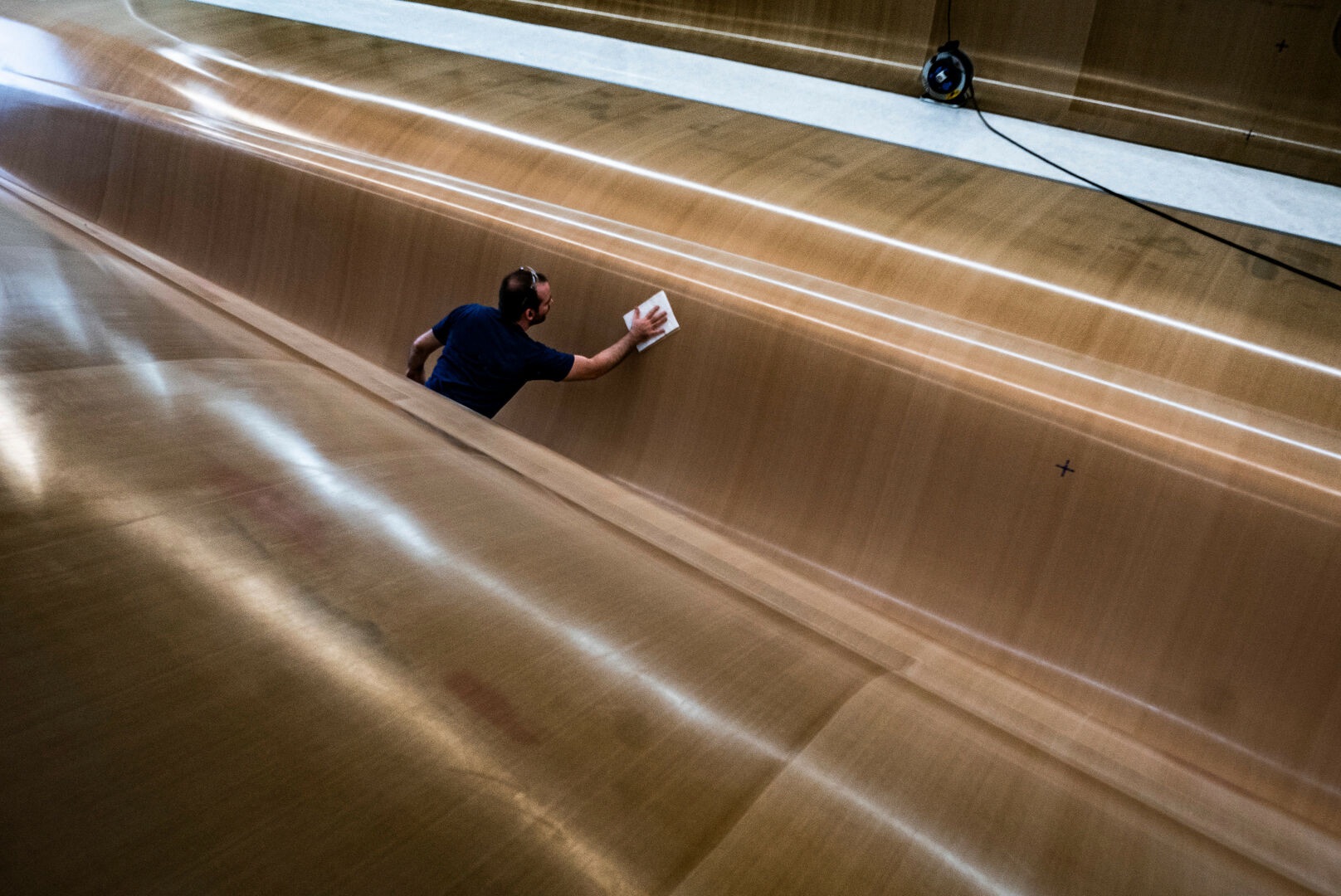
All power, no fuel
The team removed the combustion engine completely. The yacht now generates all power for propulsion, navigation, computing, and onboard systems.
This energy independence forced a full redesign of performance marine systems. They focused on light construction, control efficiency, and smart energy use.
To support these goals, Ferrari has already filed nine patents related to Hypersail and is preparing six more. The innovations cover foil dynamics, energy storage, motion control systems, and aerodynamic integration.
Innovation by collaboration
Ferrari uses an open innovation model to build Hypersail. It works closely with partners on aerodynamics, energy systems, and materials. This strategy grows Ferrari’s technical network and brings in expert knowledge from ocean sailing.
Veteran sailor Giovanni Soldini leads the project. He says Hypersail is not just technical—it’s also a cultural mission.
“We’re revolutionising both the structure and flight of the yacht, and we’re developing onboard control technology that’s never been seen before.”
“Our priority is to strike the right balance between extreme performance and maximum reliability.”
Foiling Into the future
Hypersail proves what’s possible when performance design meets sustainability at sea. Its success could change how marine designers view energy use. It may also push the automotive world to pursue more ambitious innovation.
Ferrari’s arrival in ocean racing is not about dipping a toe in the water. With Hypersail, it’s going full send.
